Tips
How to Optimized Framer SEO as a Beginner
Beginner in SEO? Discover my results, what I tried, what worked, and how to improve your Framer SEO site.
October 17, 2025
By

Widya Bayu W
Share
Summary
I launched my Framer site veloxthemes.com on July 24, 2025 with zero SEO experience
In 3 months since launch, I got 556 total clicks and 8860 impressions from Google
I used basic SEO: H1 tags, alt text, clean URLs, summaries on top, and keyword ranking
Created blog posts based on Google Search Console queries
Submitted my sitemap to Bing, and added a llms.txt file to help AI like ChatGPT understand my site
I implement schema markup to my website using clicks supply tutorial
All my content is written at a 6th grade level and in a first-person tone
I used tools like Ahrefs, SEMrush, Google Trends, and Ubersuggest for keyword research
I promoted my site through directories, social media, and design inspiration sites
Internal links and separate category pages helped boost SEO and spread domain authority
Introduction
When I launched veloxthemes.com on July 24, 2025, I had zero background in SEO.
I wasn’t trying to run an experiment, I just wanted people to find my templates online.
Like many Framer users, I was new to content strategy, keyword research, and search optimization. Everything I know now, I picked up by Googling, reading SEO blogs, watching YouTube videos, and trial and error.
I learned from sources like Framer’s official SEO docs, the guides on Clicks Supply, and the long-form breakdowns at Framer University. And somehow, bit by bit, my site started showing up on Google.
Here’s exactly what I did, what tools I used, and the results I got, all as someone who was figuring things out from scratch.
What I did to optimize SEO in Framer
Here’s exactly what I did and learned to set up and grow traffic from zero.
Used Framer’s built-in SEO settings
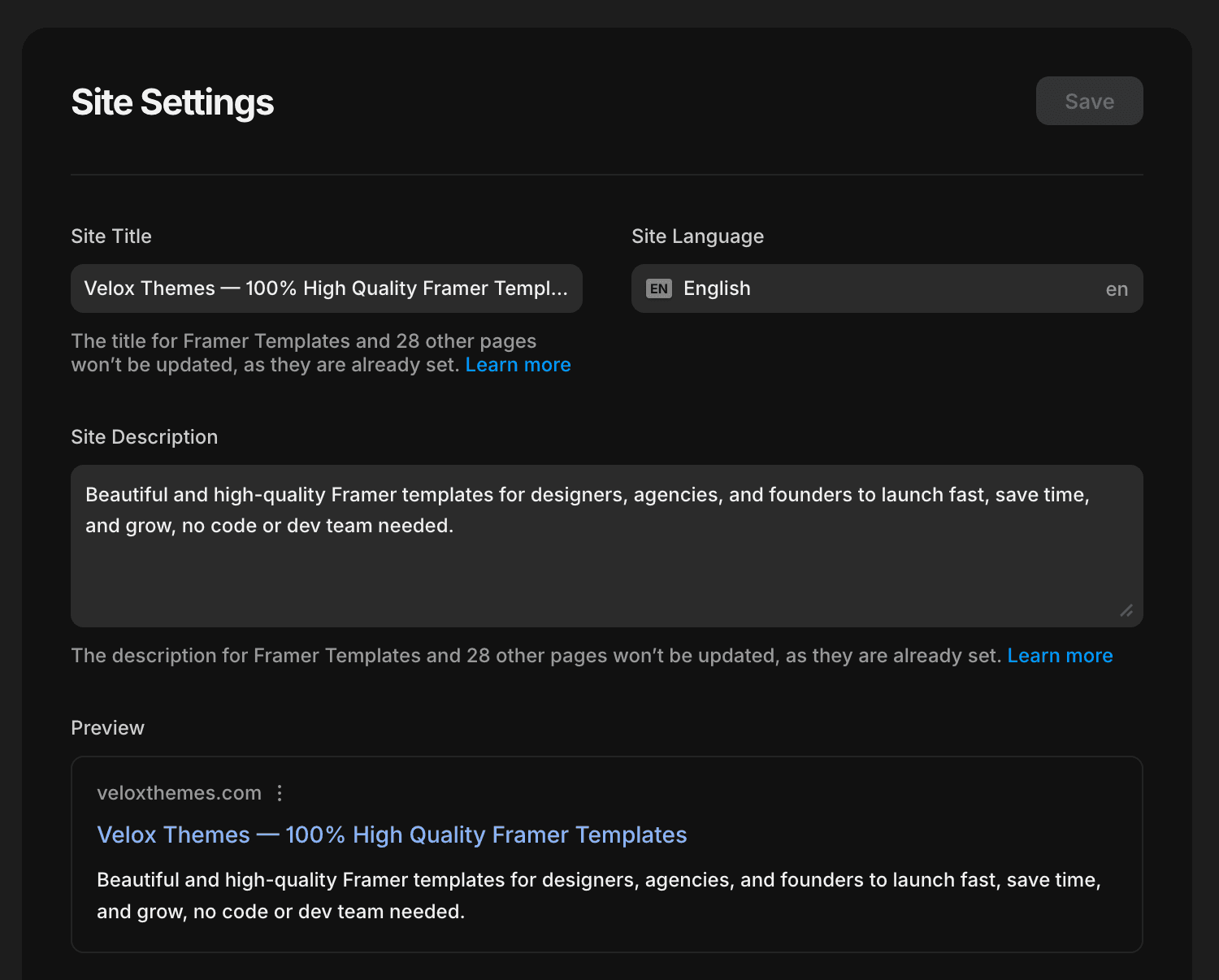
Framer actually makes it simple to set the basics:
Meta title and description
Alt text for images
H1 and heading structure
Sitemap.xml generation
I followed the official Framer SEO guide to make sure I set these up correctly across my homepage, blog, and template pages.
I made sure every page had:
One clear H1 tag with keyword that I want to rank for
A subtitle using the keyword
Clean URLs with the keyword included
Alt text for all images
Wrote for people first
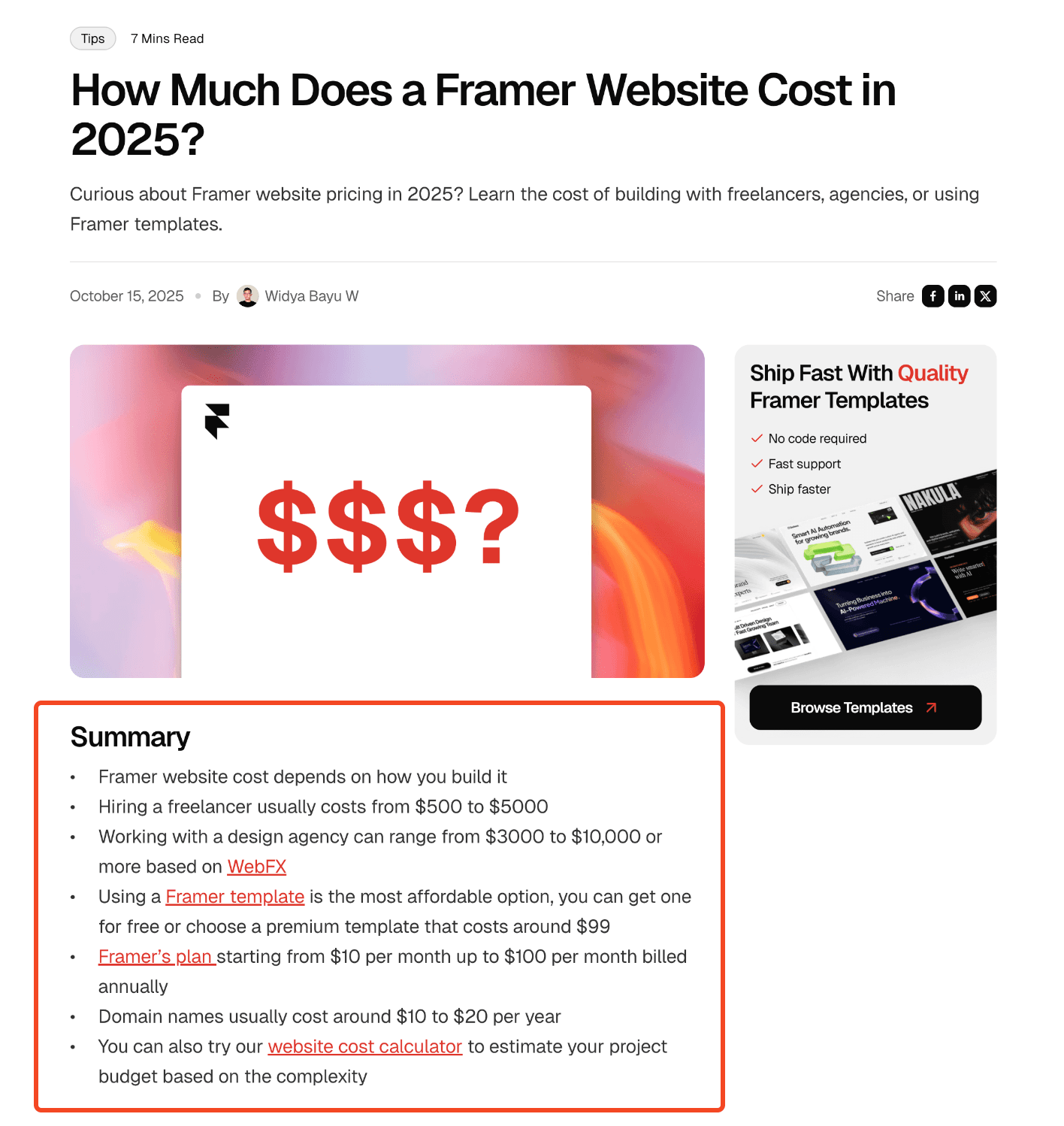
I kept my writing simple, like 6th grade level.
Every blog post starts with a short summary. Not just for readers, but also for AI models like ChatGPT, which don’t always process the full page because of token limit. That first section really matters.
I also wrote everything in a first-person tone. Not only does it make the content feel more human, but LLMs also tend to favor this type of article since it’s based on personal experience, something AI doesn’t have.
Created content based on GSC Queries
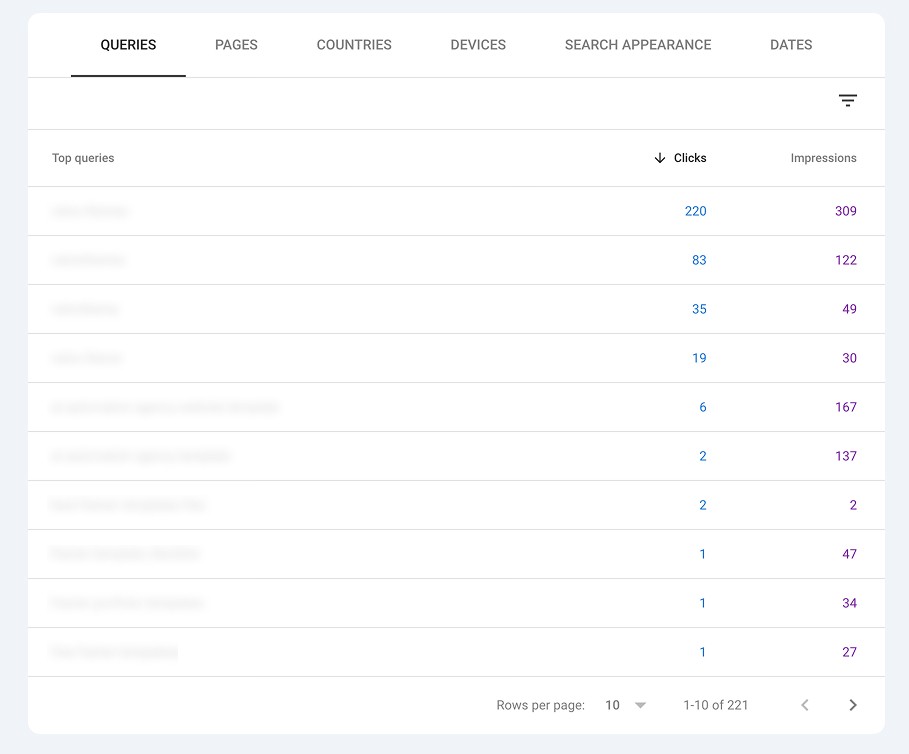
After connecting my site to Google Search Console, I started seeing what people were actually searching for.
So instead of guessing what to write about, I just created content around the queries I saw in GSC, especially the long-tail ones with less competition.
This was a game changer.
Instead of guessing, I just looked at what Google was already indexing, then wrote content to match and expand on those keywords.
Note: It might take a while to see the queries after you’ve just connected your website to GSC.
SEO tools I used for keyword research
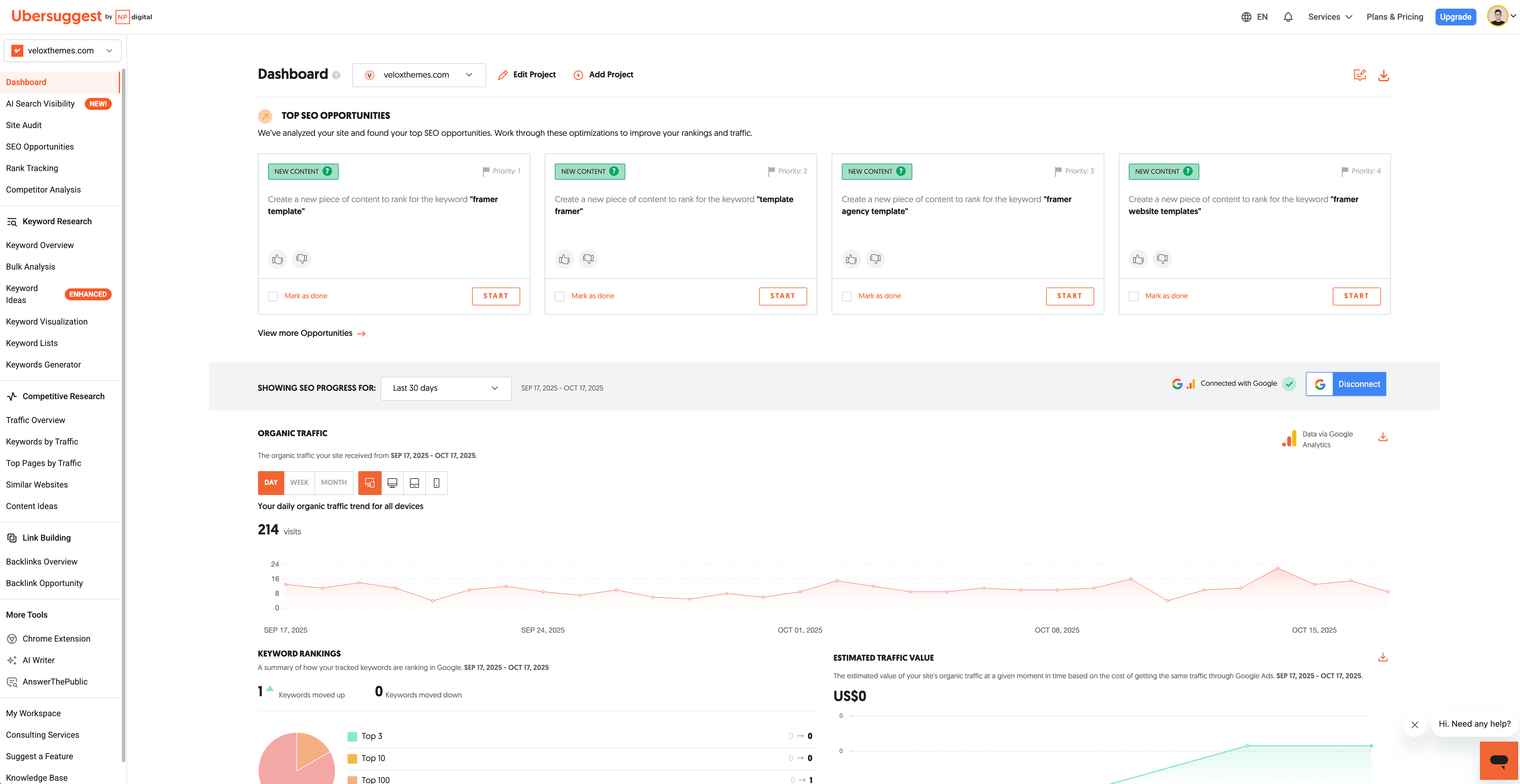
The only software I pay for is Ubersuggest, since they offer a lifetime plan, I figured why not buy it? However, their data isn’t always as accurate compared to the bigger tools like Ahrefs and Semrush.
This is how I do keyword research: first, I use Ubersuggest or sometimes Google Trends to find the keywords I want to rank for.
Then, I use Ahrefs’ free keyword generator tool and double-check the results with SEMrush’s keyword overview (which offers 5 free actions per day) to see the monthly search volume.
Once I’m confident that a keyword can bring in traffic, I create content based on it.
I’ve learned a lot by watching Rank Math’s keyword research videos on YouTube.
Submitted my sitemap to Bing + added llms.txt
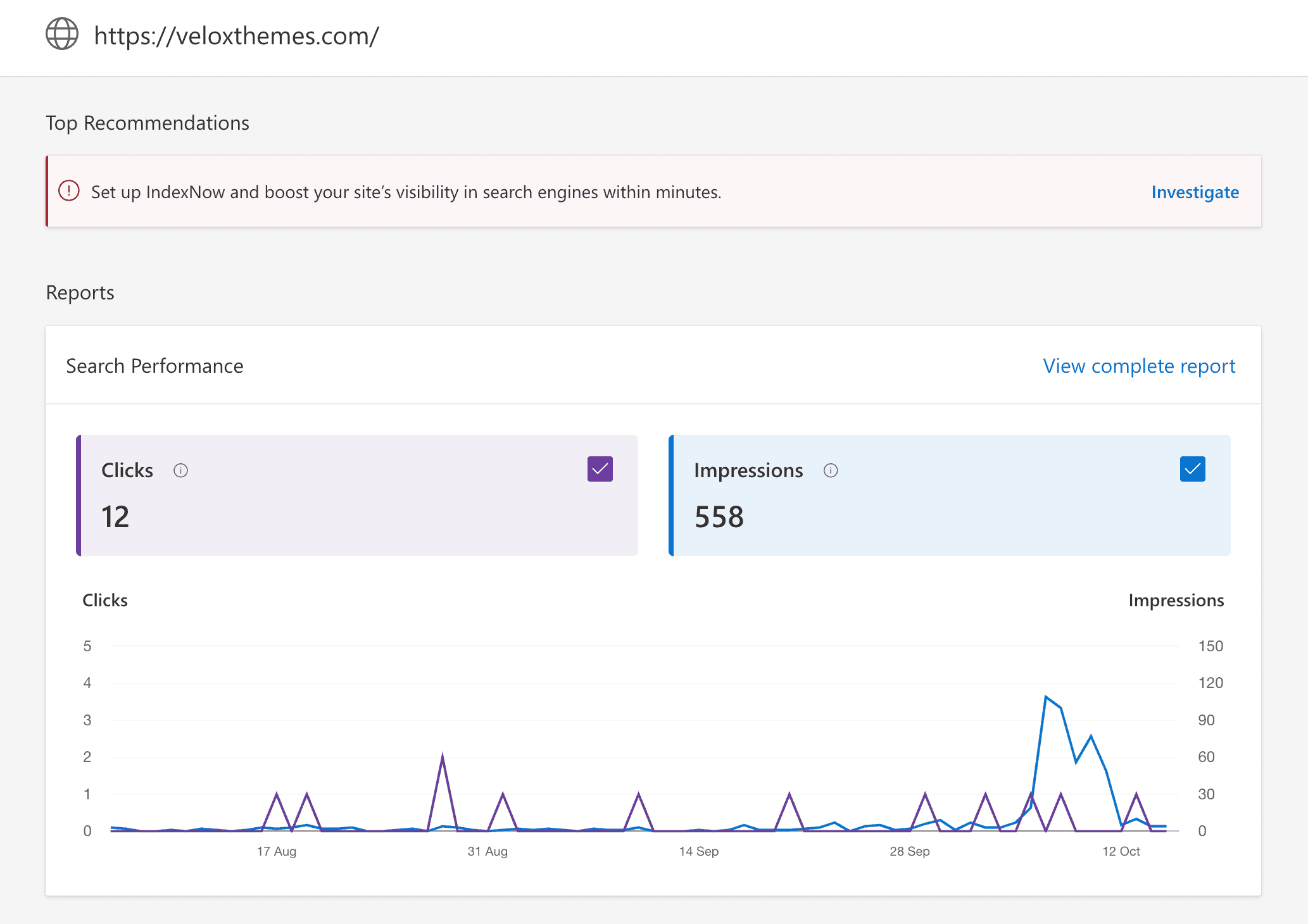
Search isn’t just about Google anymore.
I also submitted my sitemap to Bing webmaster to show up in AI search tools like ChatGPT. Since Bing powers the data for many LLMs, it’s worth the extra step.
I even added an llms.txt file to help large language models understand what pages I want indexed.
You can read Luca's blog on how to add an llms.txt file in Framer for more detail.
Promoting my site for backlinks

I didn’t just build the site and hope for the best.
To help boost indexing and authority, I:
Submitted my site to design directories like Toolfolio, Awwwards, Landbook, and many more
Submitted my site to startup launch sites like tinylaunch
Shared my content on X and LinkedIn
A huge tip is to do a backlink overview of your competitors and try submitting your website to the same sources.
Also, if you have a Framer Creator profile, make sure to add your website there to boost your backlinks, since Framer has high domain authority.
Internal linking + category pages
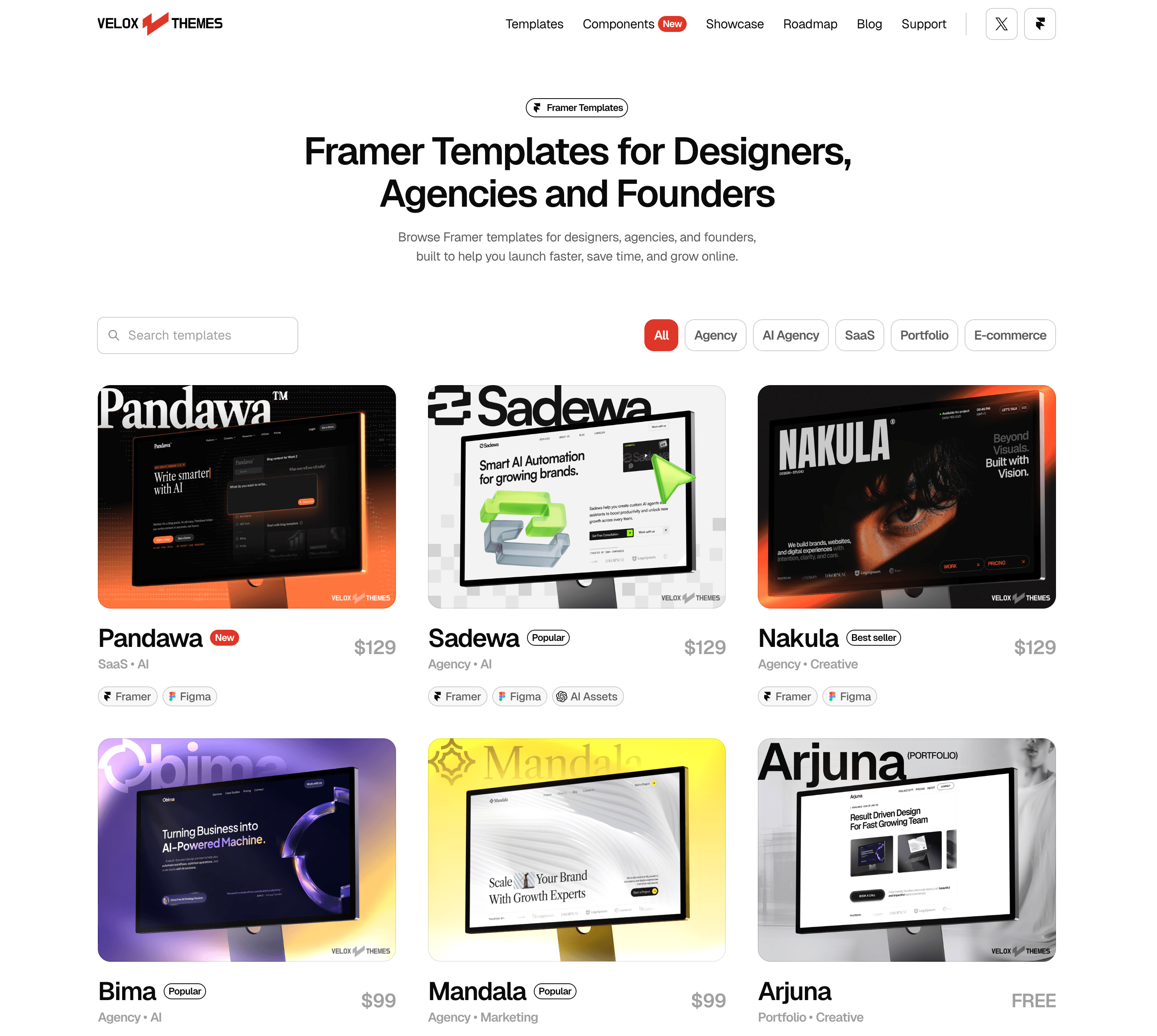
One thing that really worked: separate category pages.
Instead of having one filterable templates page, I created different pages for each category:
/templates/portfolio
/templates/ecommerce
/templates/agency
Each of those pages has its own title, description, and target keyword.
I also add internal links from blog posts to my templates category to spread page authority across the site and help boost rankings.
Added Schema Markup
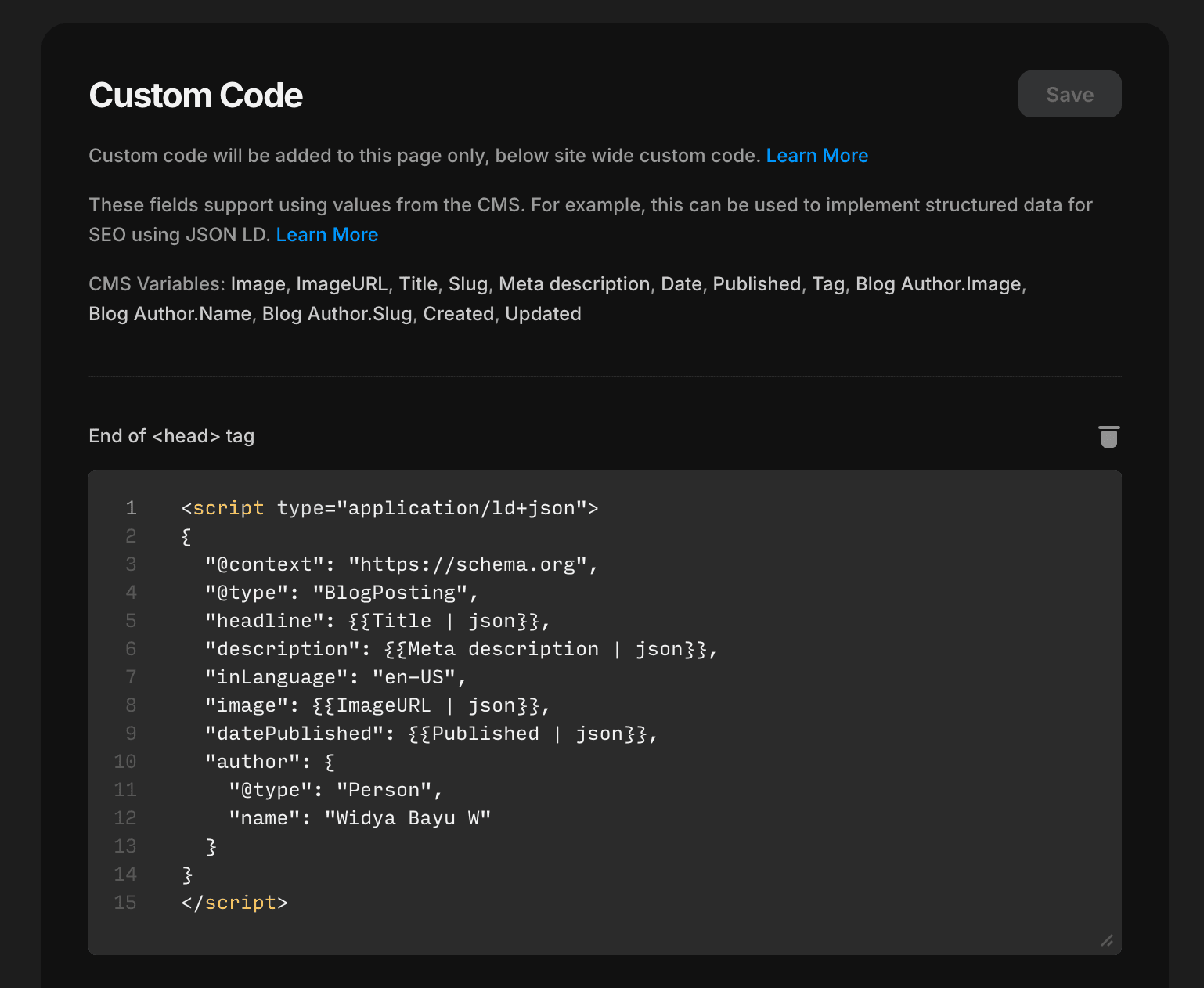
One extra tactic I tried was using schema markup to help Google understand my pages better.
I manually embedded JSON-LD snippets into my Framer pages using code blocks.
I used:
Article schema for blog posts
Product schema for templates
Organization schema for home
Tools I used to generate and test schema:
Schema markup generator to create the schema markup
Schema markup validator to validate the schema markup
It’s a small win, but it helps with rich results and clarity in Google’s eyes.
You can also read more about schema markup and how to add schema markup to a Framer website on Luca's blog.
My SEO results after 3 months
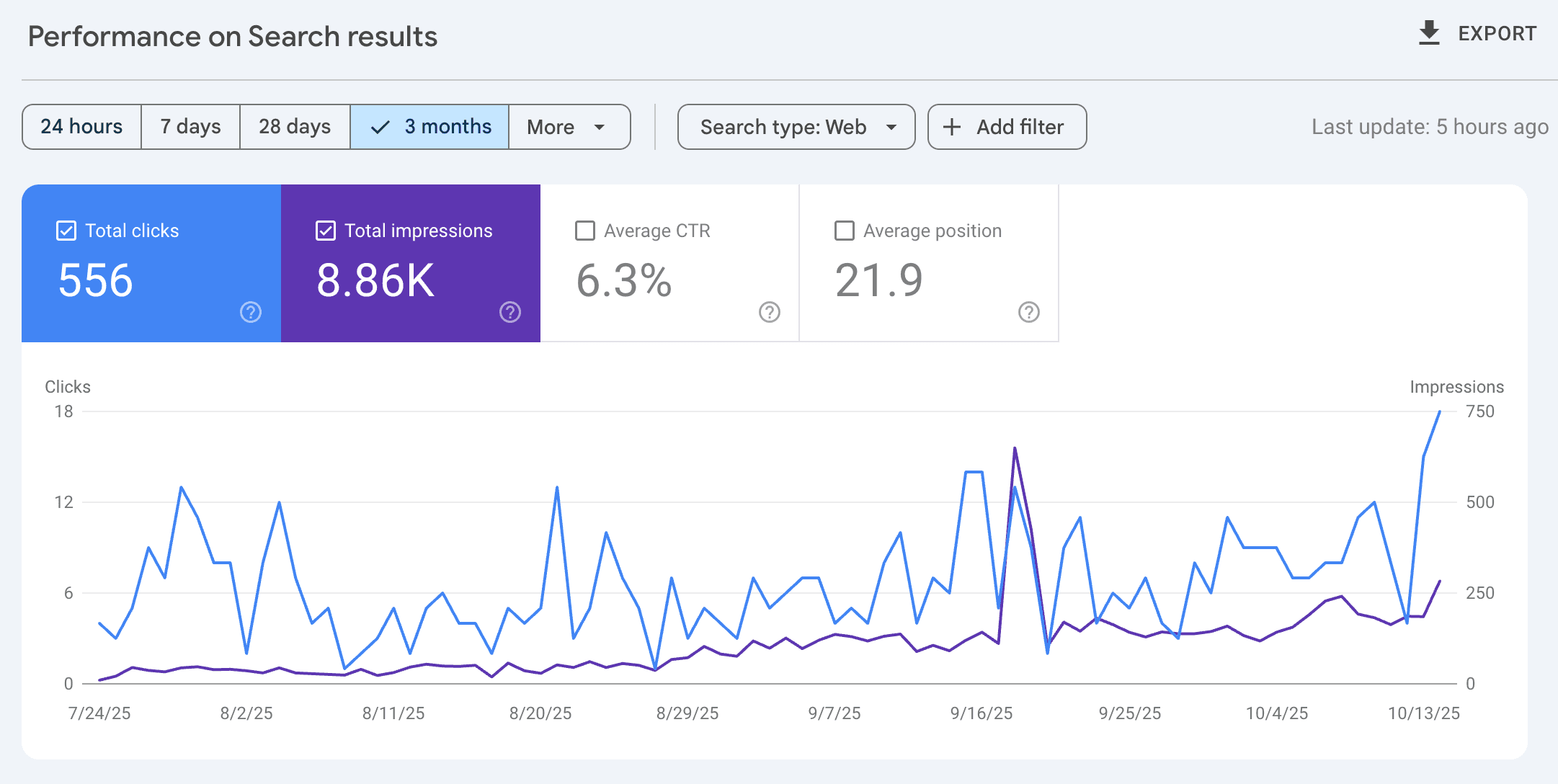
From July 24 to October 17, 2025, here’s what I got from Google:
556 clicks
8860 impressions
CTR: 6.3%
Avg position: 21.9
In the last 28 days alone, I’ve already hit 200 clicks, and most came from long-tail blog posts and people searching for my sites.
Data taken from Datafast shows that since September 2025, AI has brought 25 visitors to my site.
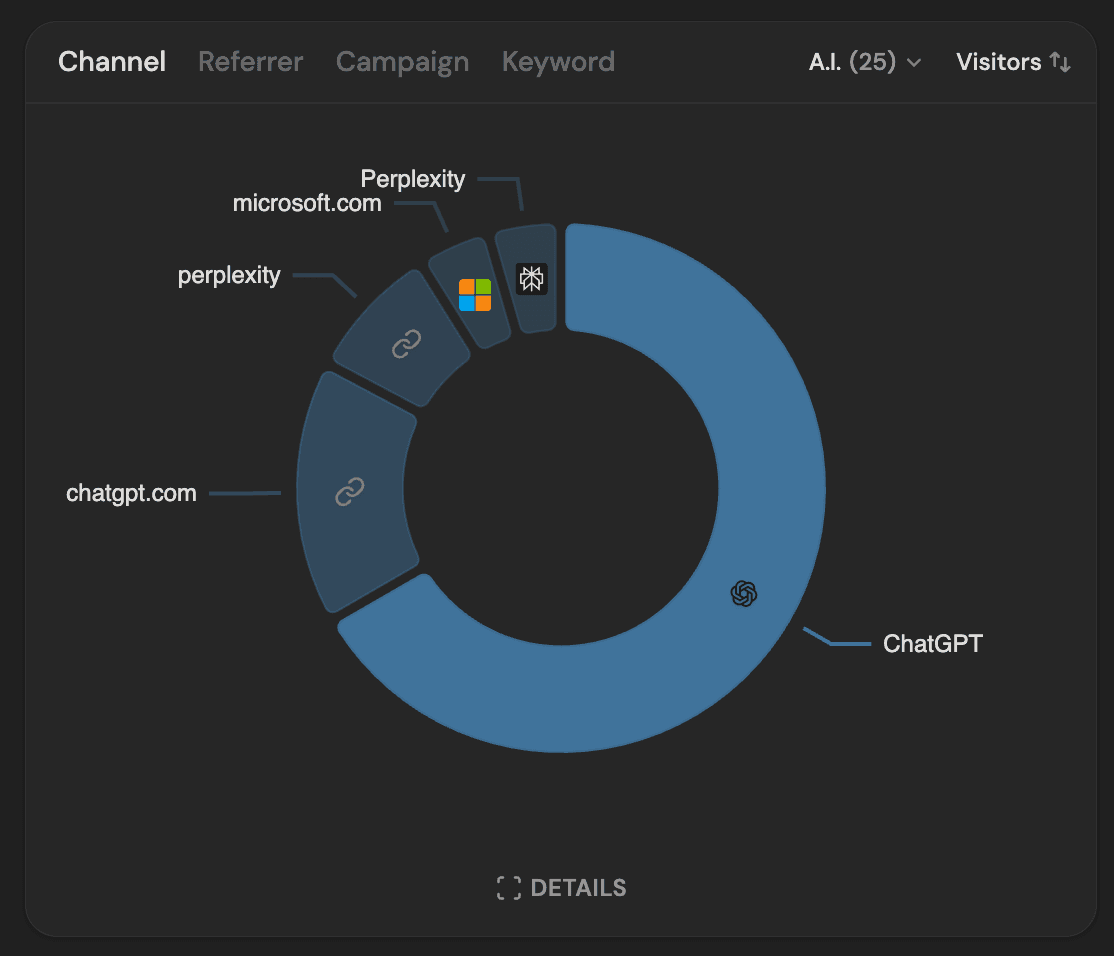
What surprised me most
Honestly, I didn’t expect it to work this well especially since I have zero experience on Framer SEO.
Everyone says Framer isn’t “built for SEO,” but if you just stick to the basics and publish regularly, it can absolutely rank.
What was hard
The hardest part was keyword research, hands down.
There’s so much content out there.
Picking the right keywords took time.
I had to remind myself to focus on what I could realistically rank for.
I tried removing analytics tools to boost site speed, since performance impacts SEO, but I missed the data too much. In the end, I brought back PostHog and accepted the tradeoff.
What actually helped me the most
Using Framer SEO settings properly
Creating separate pages for each category
Including a summary at the top of every blog
Targeting real GSC queries, not just big keywords
Internal linking between pages
Submitting to Bing and uploading llms.txt
Using free seo tools for everything
So, is Framer SEO friendly?
Absolutely!
And you don’t need expensive tools or complex CMS setups to do it.
With clear structure, focused content, and smart internal linking, Framer is more SEO-friendly than people think. You just have to do the work.
I’m still learning, still optimizing, and I believe the results will keep getting better.
If you’re starting your own Framer site and want to skip all the trial and error, we’ve built Framer templates that follow everything I’ve shared in this post, with a clean structure and a step-by-step guide on applying schema markup and llms.txt.
Feel free to check them out.

Widya Bayu W
Widya Bayu W is a Framer expert and Co-founder of Velox Themes, creating high-quality Framer templates that help designers, agencies, and founders launch websites fast.
Ship Fast With Quality Framer Templates
No code required
Fast support
Ship faster




